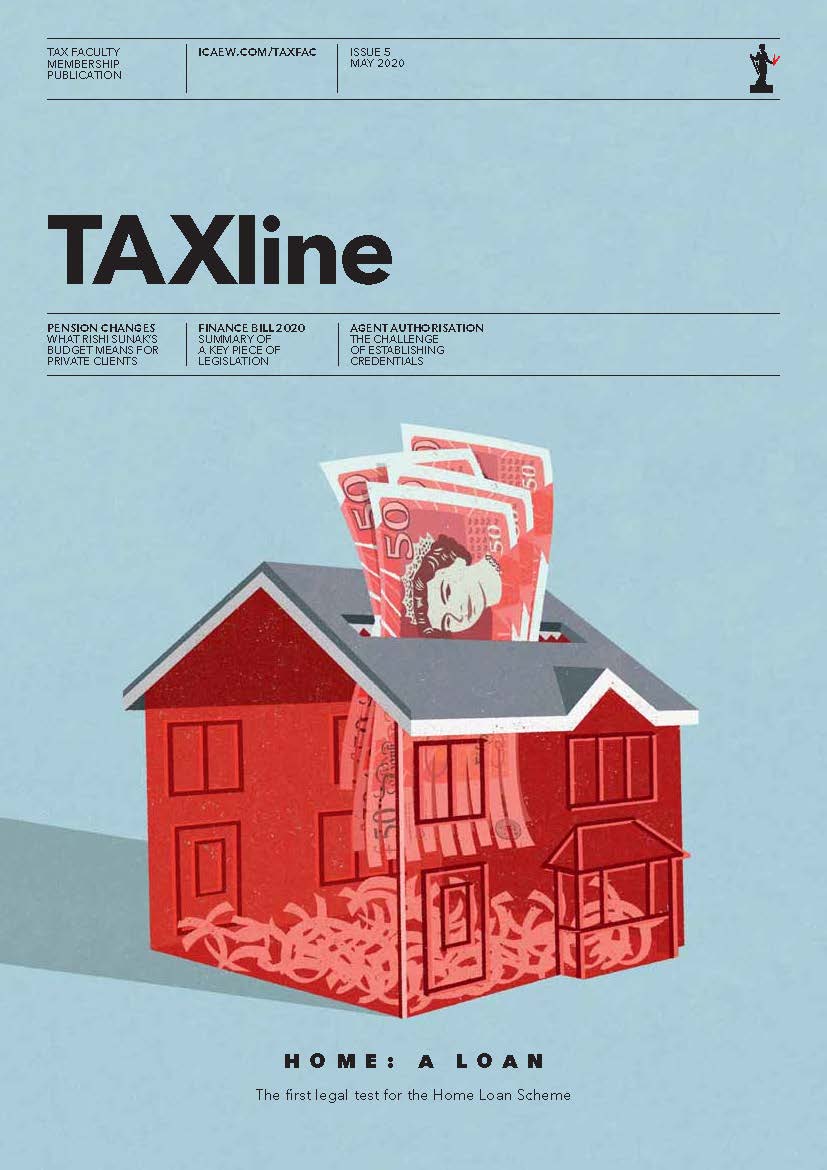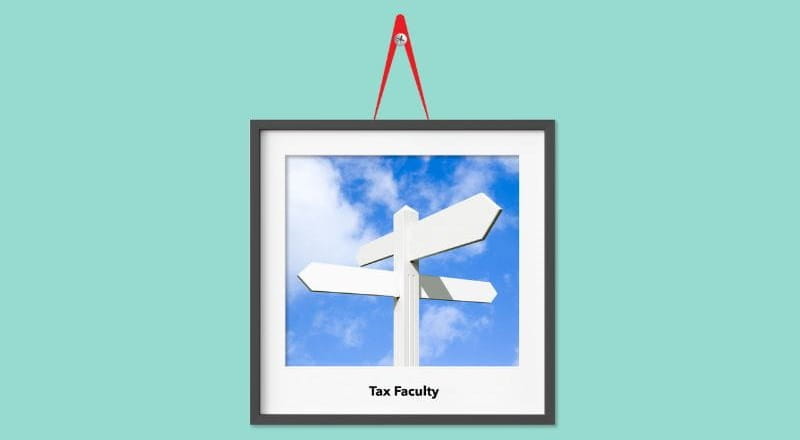Investment zones were initially announced in the “mini-budget” in 2023 as a means to incentivise growth and investment in specific parts of the UK. Following the announcement at the Autumn Statement 2022 that the initial expressions of interest would not be taken forward, a refocused policy to use investment zones to catalyse 12 high-potential knowledge-intensive growth clusters across the UK was announced at Spring Budget 2023.
The direct tax benefits of freeports and investment zones are broadly identical, subject to any differences for devolved taxes.
In particular, the term “freeport tax site” has been replaced in legislation with “special tax site”. Both freeport and investment zones can have up to three special tax sites with a total maximum size of 600 hectares.
There are, however, some differences between investment zones and freeports to be aware of:
Location
| Freeports | Investment zones |
|
Located at sea ports and airports where goods arrive in and depart from the UK. The special tax sites associated with freeports are discrete areas close to the port itself (eg, industrial estates).
The two green freeport areas in Scotland are:
The two freeport areas in Wales are:
No freeports have been announced to date for Northern Ireland. |
All zones will be centred around a University or local research institution and the tax sites will be located with the aim of developing brownfield sites. They are based in eight English locations and four located elsewhere in the UK with high growth potential. The following eight broad English areas were specified in the 2023 Spring Budget:
|
Industry focus
| Freeports | Investment zones |
|
In Scotland, green freeports are required to promote decarbonisation and a just transition to a net zero economy. |
Digital and technology; life sciences; creative industries; green industries; and advanced manufacturing. |
Tax benefits
| Freeports | Investment zones |
|
In addition to the five tax benefits available to special tax sites (described in the investment zone column, right), customs sites in freeports get extra VAT and customs benefits:
|
|
Additional benefits
| Freeports | Investment zones |
|
Streamlining of planning processes. |
Each zone will be provided with £80m worth of support over a five-year period that can be used flexibly between spending and tax incentives. The stipulation over spending is that it should be split 40:60 between resource (day-to-day costs, such as staff wages) and capital spending (investment, such as research infrastructure). |
The Tax Faculty
ICAEW's Tax Faculty is recognised internationally as a leading authority and source of expertise on taxation. The faculty is the voice of tax for ICAEW, responsible for all submissions to the tax authorities. Join the Faculty for expert guidance and support enabling you to provide the best advice on tax to your clients or business.
More support on tax
ICAEW's Tax Faculty provides technical guidance and practical support on tax practice and policy. You can sign up to the Tax Faculty's free enewsletter (TAXwire) which provides weekly updates on developments in tax.
Sign up for TAXwireJoin the Tax Faculty


